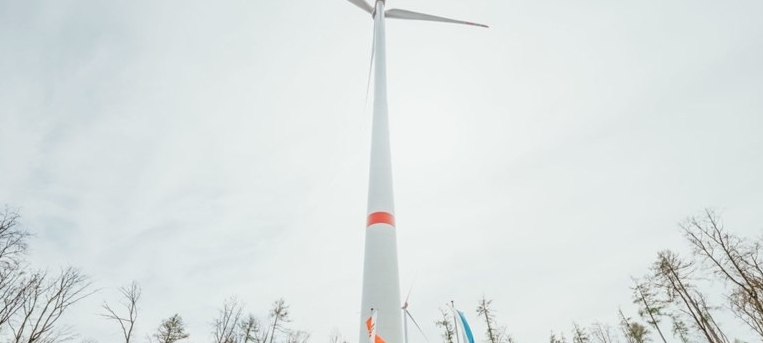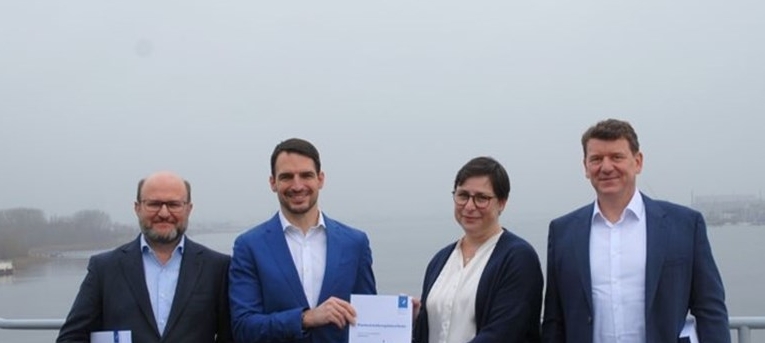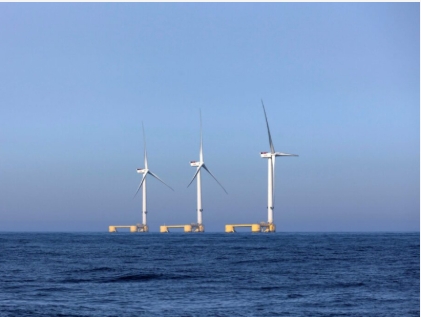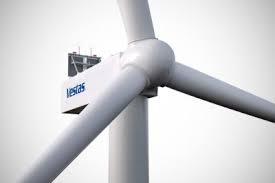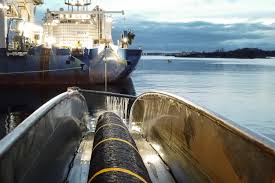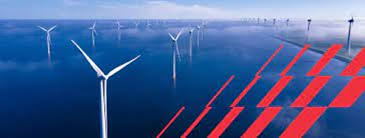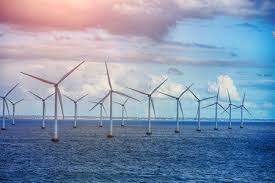Wind energy is rapidly becoming the new norm for power generation and will deliver 30% of all global electricity production by 2050, with 12% from offshore wind and 18% from onshore wind. In 2019, mega wind projects achieved a new UK record low of £39.65 (USD51.05) per MWh – a 30% price drop on 2017 prices.
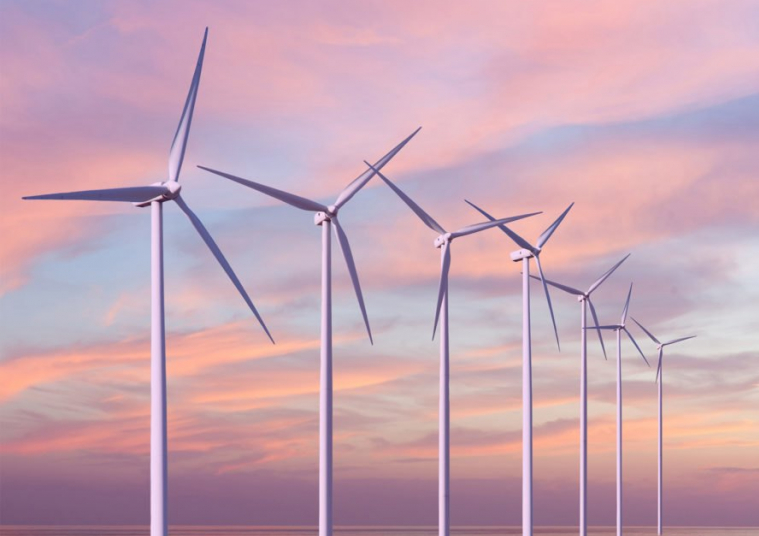
New projects such as the 252MW Liuheng (Guodian Zhoushan Putuo) offshore wind farm in China and the 30 MW Block Island wind farm in Rhode Island, USA will help to expand the potential of global offshore wind.
These are just some of the forecasts by DNV GL in a new report, Offshore wind: The power to progress, which is published today. The report delves into 12 key factors which influence the adoption of offshore wind and focuses on the successes, challenges and lessons learnt. It provides an insight into the future of offshore wind and how expansion can be accelerated.
When looking at the future of offshore wind energy, two mega-trends are very clear. Firstly, the relentless drive to reduce the levelized cost of energy (LCoE). Secondly, as a result of the first trend, turbines and wind farms will continue to get bigger.
As wind technology progresses the reports outlines the increased use of robotics and artificial intelligence. In construction, robots will initially supplement human capabilities, for example, in heavy lifts and underwater work. They will go on to handle an increasing amount of offshore wind farm construction, especially for wind farms located in remote and hazardous environments. On the operations and maintenance side, robots will take on activities, such as on-site repairs and inspections inside, outside (by drones and crawlers) and below the surface (by remotely operated vehicles).
Speaking about the report, Ditlev Engel, CEO at DNV GL - Energy, said: “The threat of climate change and the need to meet internationally agreed emissions targets has prompted governments to take major steps towards a lower-carbon energy system. However, we still have a long way to go. The good news is that, after years of impressive progress, offshore wind is ramping up to full commercial maturity and is now becoming a major contributor to global energy production. Now is the right time to pause and ask the question: What have we learnt and how can we push the boundaries of progression much faster in order to fully capitalize on offshore wind going forward.”
